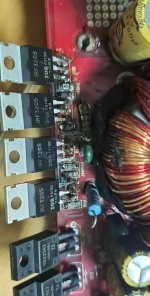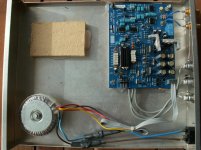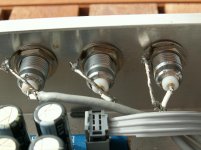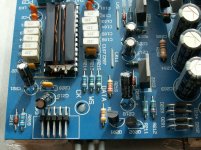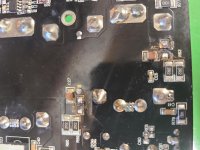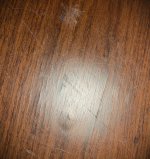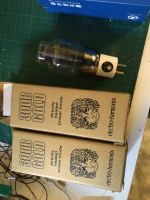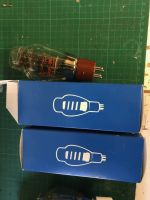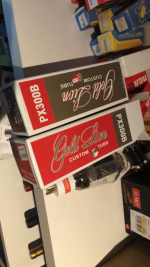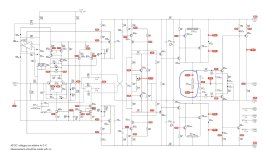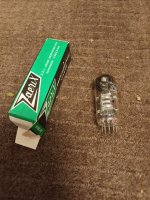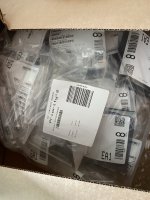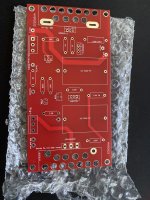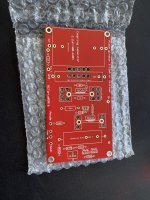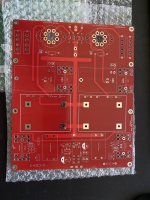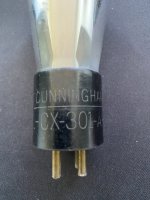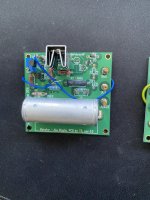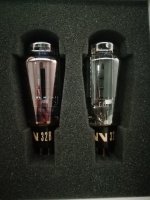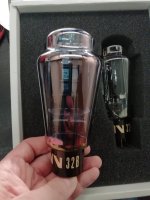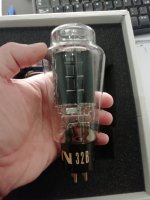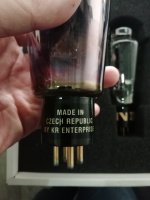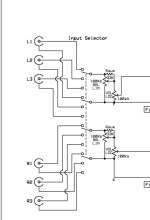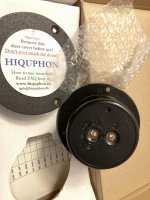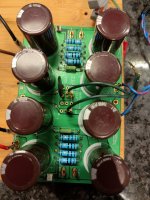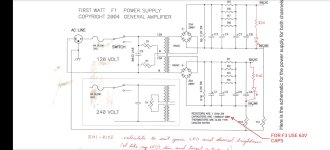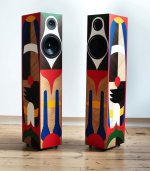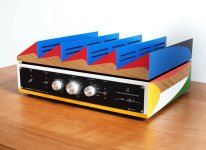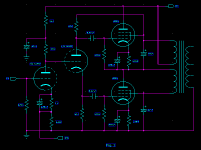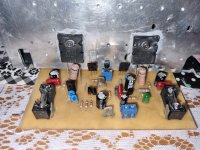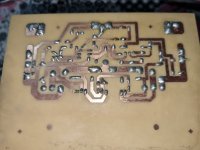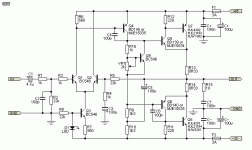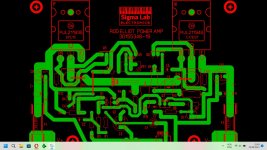Amp I designed in the mental hospital, help me make it better
- By bcredneck
- Solid State
- 31 Replies
I desinged this amp while locked up in colony farm. I really want to make it better as the test I ran on it showed great sound until the mossfets I was using over heated.
I have no idea about getting impedence right or any of that fancy math ****. I saw a diagram for a A/B class amp built one and it sounded like **** and quickly cooked out my PNPs.
So i took the circuit and a TL082 opamp to invert one side and give noninverted the same gain and ripped some fets out of some scrap electronics.
I got a great sounding amp for the first song by the end it was overheating and my fets where going into thermal runaway.
I have also fed this circuit a fixed frequency and used it as an inverter to create AC voltage out of my dc power supply.
What id like to do is somehow get some feedback resistors to the output. (Im thinking i can slow down how fast the output voltage picks up and get a more analog like sound out of it)

I have no idea about getting impedence right or any of that fancy math ****. I saw a diagram for a A/B class amp built one and it sounded like **** and quickly cooked out my PNPs.
So i took the circuit and a TL082 opamp to invert one side and give noninverted the same gain and ripped some fets out of some scrap electronics.
I got a great sounding amp for the first song by the end it was overheating and my fets where going into thermal runaway.
I have also fed this circuit a fixed frequency and used it as an inverter to create AC voltage out of my dc power supply.
What id like to do is somehow get some feedback resistors to the output. (Im thinking i can slow down how fast the output voltage picks up and get a more analog like sound out of it)
